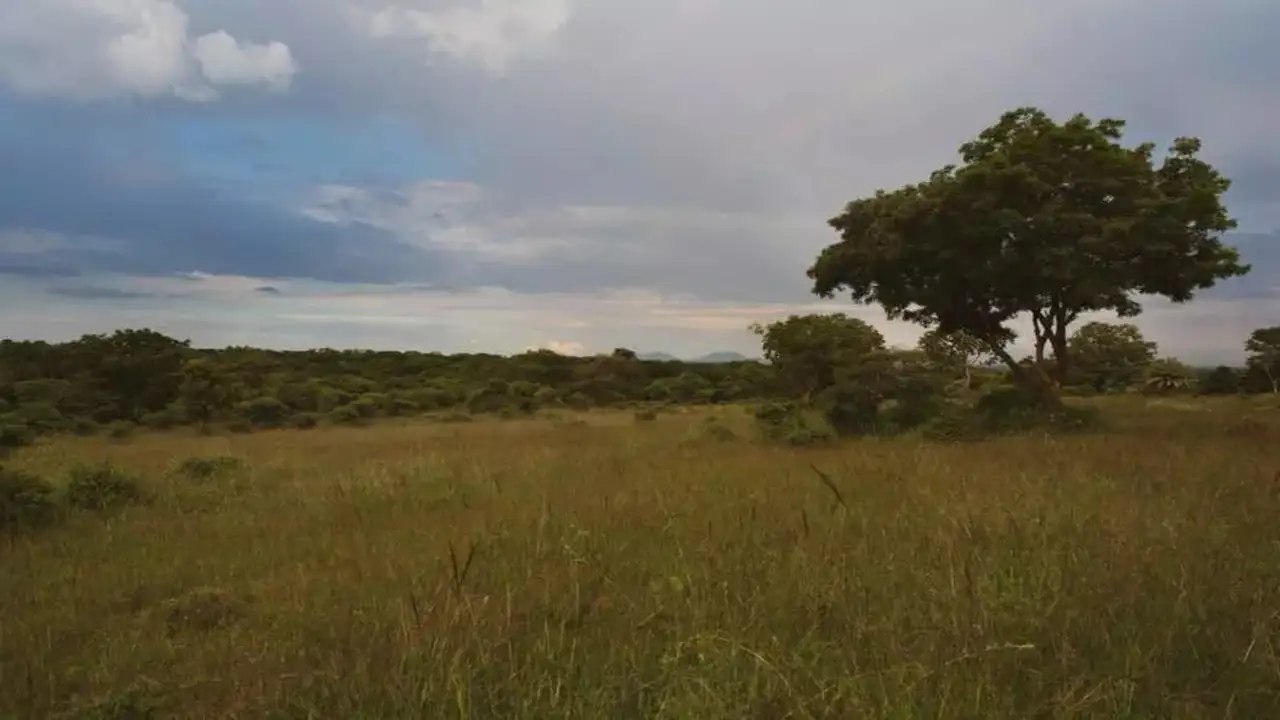- Courses
- GS Full Course 1 Year
- GS Full Course 2 Year
- GS Full Course 3 Year
- GS Full Course Till Selection
- Online Program
- GS Recorded Course
- NCERT (Recorded 500+ Hours)
- Polity Recorded Course
- Geography Recorded Course
- Economy Recorded Course
- AMAC Recorded Course
- Modern India, Post Independence & World History
- Environment Recoded Course
- Governance Recoded Course
- Science & Tech. Recoded Course
- International Relations and Internal Security Recorded Course
- Disaster Management Module Course
- Ethics Recoded Course
- Essay Recoded Course
- Current Affairs Recoded Course
- CSAT
- 5 LAYERED ARJUNA Mentorship
- Public Administration Optional
- ABOUT US
- OUR TOPPERS
- TEST SERIES
- FREE STUDY MATERIAL
- VIDEOS
- CONTACT US
India’s first study on TEAL carbon
India’s first study on TEAL carbon
- India has undertaken its first study on ‘teal carbon’ at Keoladeo National Park (KNP) in Bharatpur, Rajasthan.
- Study at KNP was carried out by researchers from the Central University of Rajasthan, in partnership with the U.S. Environmental Protection Agency (EPA) and Siobhan Fennessy from Kenyon College, Ohio, U.S.
- This pilot project focused on developing comprehensive, nature-based solutions to combat the effects of climate change.
- Nature-based solutions (NbS) are strategies that utilize natural ecosystems and processes to address societal challenges, such as climate change and biodiversity loss, by enhancing ecosystem services, promoting sustainability, and improving resilience in a cost-effective manner.
What is teal carbon?
- Teal carbon is carbon stored in inland wetlands (non tidal), such as marshes, lakes, rivers, and peatlands.
- These ecosystems capture carbon in plant biomass and soil, acting as natural carbon sinks.
- Waterlogged soils in wetlands slow down organic matter decomposition, allowing carbon to remain stored for long periods.
- Teal carbon ecosystems, like wetlands, are more effective than terrestrial forests at sequestering carbon due to their waterlogged soils.
- Peatlands, a type of teal carbon ecosystem, can store carbon for thousands of years, providing a stable, long-term carbon storage solution.
- These ecosystems also offer additional benefits, including water filtration, flood control, and habitat for diverse species.
Challenges faced by Teal Carbon Ecosystems
- Degradation and Habitat Loss: Over 87% of wetlands are lost to agriculture and urbanization, reducing carbon storage and releasing carbon, worsening climate change.
- Pollution and Eutrophication: Runoff introduces excess nutrients, causing eutrophication, lowering oxygen, disrupting ecosystems, and increasing methane emissions.
- Water Management and Climate Change: Dams, water diversion, and climate-driven changes in rainfall disrupt wetland hydrology, reducing their carbon storage ability.
- Policy and Funding Gaps: Unlike blue carbon, teal carbon lacks policy recognition and funding, limiting conservation efforts.
- Monitoring Challenges: Measuring carbon storage is complex due to wetlands’ methane emissions as well as carbon sequestration requiring better methods for climate integration.
- Low Public Awareness: Teal carbon ecosystems are less known, hindering conservation efforts; public awareness is essential for support.
Comparison between Blue, Green and Teal carbon ecosystem
|
Aspect |
Blue Carbon |
Teal Carbon |
Green Carbon |
|
|
Carbon stored in coastal and marine ecosystems |
Carbon stored in non-tidal(inland) freshwater wetlands, |
Carbon stored in terrestrial forests and vegetation. |
|
Ecosystems |
Mangroves, salt marshes, seagrass meadows. |
Non-tidal freshwater wetlands (e.g., swamps, marshes). |
Forests, grasslands, and other terrestrial ecosystems. |
|
|
Responsible for approximately 50% of the ocean's carbon absorption, despite covering only 2% of the ocean's surface. |
Wetlands cover only 3% of Earth’s surface yet store 30% of all land-based carbon. |
The world’s forests store approximately 861 gigatonnes of carbon. Carbon Distribution:
This total carbon storage is equivalent to nearly a century’s worth of current annual fossil fuel emissions. Tropical rainforests account for only 30% of global tree cover but contain 50% of the world’s carbon stored in trees. |
|
Environmental Benefits |
Supports marine biodiversity, protects coastlines, and improves water quality. |
Increases groundwater levels, mitigates floods, and reduces urban heat islands. |
Provides habitat for terrestrial biodiversity, regulates local climates, and protects soil from erosion. |
|
Threats |
Coastal development, pollution, climate change, and habitat destruction. |
Urbanization, drainage for agriculture, and pollution. |
Deforestation, land-use change, climate change, and habitat fragmentation. |
Keoladeo National Park (Bharatpur, Rajasthan)Keoladeo National Park, located in Bharatpur, Rajasthan, is a haven for biodiversity and a significant site for conservation efforts.
|
|||




